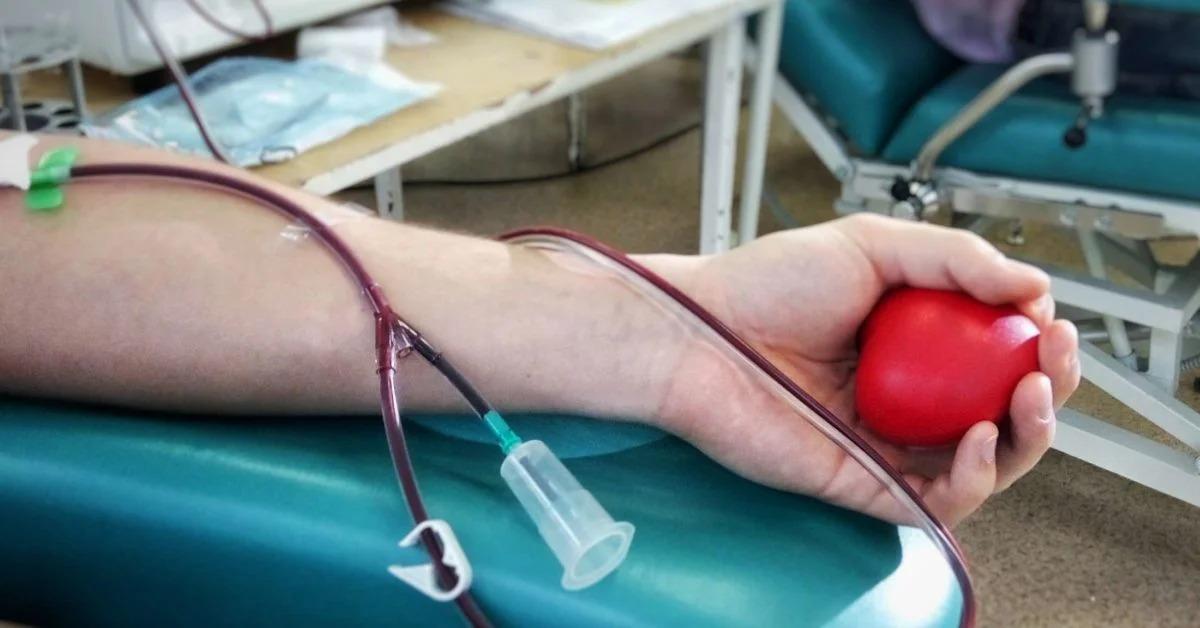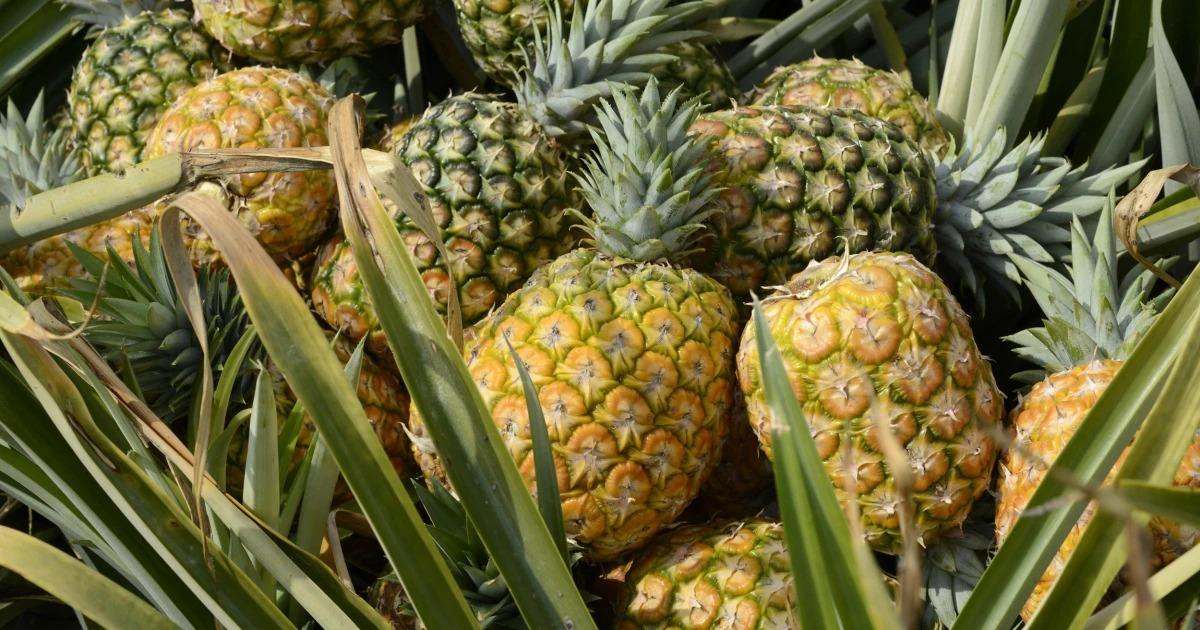The Benefits of Eating Pineapple: ये फल आप ने डाईट में शामिल कर लिया तो कोई भी बीमारी नहीं होगी आप को रहोगे स्वस्थ वा मस्त |
Pineapple is n’t only a succulent tropical fruit but also a hustler of nutrients that offer multitudinous health benefits. This composition explores the colorful advantages of incorporating pineapple into your diet and delves into the fascinating process by which the body produces blood.
This composition explores the colorful advantages of incorporating pineapple into your diet and delves into the fascinating process by which the body produces blood.
Nutritional Profile of Pineapple
Pineapple is packed with essential vitamins, minerals, and enzymes that contribute to overall health and well- being. A 100- gram serving of pineapple contains
– Calories 50
– Carbohydrates 13 grams
– Dietary Fiber 1.4 grams
– Sugars 10 grams
– Vitamin C 79 of the Daily Value( DV)
– Manganese 76 of the DV
– Vitamin B6 5 of the DV
– Thiamine 5 of the DV
– Folate 5 of the DV
Pineapple is also rich in bromelain, an enzyme with importantanti-inflammatory and digestive parcels.
Health Benefits of Pineapple
1.Boosts Immune System
Pineapple is an excellent source of vitamin C, a potent antioxidant that strengthens the vulnerable system by stimulating the product of white blood cells. These cells are essential for fighting infections and precluding ails. Regular consumption of pineapple can help reduce the frequence and inflexibility of snap and other infections.
2.Aids Digestion
The bromelain enzyme in pineapple plays a pivotal part in digestion. It helps break down proteins into lower peptides and amino acids, making it easier for the body to absorb nutrients. Bromelain also reduces bloating, gas, and constipation, promoting a healthy digestive system.
3.Reduces Inflammation
Bromelain’santi-inflammatory parcels make pineapple an effective remedy for reducing inflammation in the body. It can palliate symptoms of conditions similar as arthritis, sinusitis, and seditious bowel complaint. also, bromelain may help speed up the recovery process after surgery or injury by reducing swelling and bruising.
4.Supports Heart Health
Pineapple contains a high quantum of potassium, which helps regulate blood pressure by balancing the goods of sodium. This, in turn, reduces the threat of hypertension and cardiovascular conditions. also, the antioxidants in pineapple, similar as vitamin C and beta- carotene, help oxidative stress and reduce the threat of heart complaint.
5.Promotes Healthy Skin
The high vitamin C content in pineapple is salutary for skin health. Vitamin C is essential for the conflation of collagen, a protein that maintains skin pliantness and firmness. Regular consumption of pineapple can help reduce wrinkles, ameliorate skin texture, and promote a immature appearance.
6.Supports Weight Loss
Pineapple is low in calories and high in fiber, making it an ideal fruit for those trying to lose weight. The fiber content keeps you feeling full for longer, reducing the liability of gorging. also, the natural agreeableness of pineapple can satisfy sugar jones , helping you avoid unhealthy snacks.
7.Strengthens Bones
Pineapple is a good source of manganese, a mineral that’s vital for bone health. Manganese plays a part in the conformation of bone towel and helps maintain bone viscosity, reducing the threat of osteoporosis and fractures, especially in aged grown-ups.
8.Improves Vision
Pineapple contains beta- carotene and vitamin A, both of which are essential for maintaining good vision. These nutrients cover the eyes from age- related macular degeneration and cataracts, which are common causes of vision loss in aged grown-ups.
The Process of Blood product in the Body
Blood is a vital fluid that transports oxygen, nutrients, hormones, and waste products throughout the body. The process by which the body produces blood is called hematopoiesis. This process primarily occurs in the bone gist, a spongy towel set up in the concave centers of certain bones, similar as the pelvis, sternum, and femur.
1.Bone Gist and Stem Cells
Blood product begins in the bone gist with the presence of hematopoietic stem cells( HSCs). These stem cells are multipotent, meaning they’ve the capability to separate into colorful types of blood cells, including red blood cells( erythrocytes), white blood cells( leukocytes), and platelets( thrombocytes).
2.Isolation and Development
The HSCs suffer a series of isolation and development processes to come specific types of blood cells. For illustration
Erythropoiesis This is the process of producing red blood cells, which are responsible for carrying oxygen from the lungs to the rest of the body and returning carbon dioxide to the lungs for exhalation.
Leukopoiesis This process produces white blood cells, which are pivotal for the vulnerable system. They cover the body against infections, pathogens, and foreign raiders.
Thrombopoiesis This is the product of platelets, which are essential for blood clotting and crack mending.
3.Regulation of Blood product
Blood product is tightly regulated by colorful factors, including hormones, growth factors, and cytokines. Erythropoietin( EPO), a hormone produced by the feathers, plays a crucial part in stimulating the product of red blood cells in response to low oxygen situations in the blood. also, other cytokines and growth factors regulate the product of white blood cells and platelets grounded on the body’s requirements.
4.lifetime of Blood Cells
Each type of blood cell has a specific lifetime. For illustration, red blood cells generally live for about 120 days before being reclaimed by the spleen and liver. White blood cells have a shorter lifetime, ranging from a many days to a many weeks, depending on their type and function. Platelets have a lifetime of about 7 to 10 days.
5.part of Nutrients in Blood product
Proper nutrition is essential for maintaining healthy blood product. crucial nutrients that support hematopoiesis include
Iron Necessary for the product of hemoglobin, the protein in red blood cells that binds to oxygen.
Vitamin B12 and Folate Both are pivotal for DNA conflation and the conformation of red blood cells.
Vitamin C Enhances iron immersion and supports the function of white blood cells.
